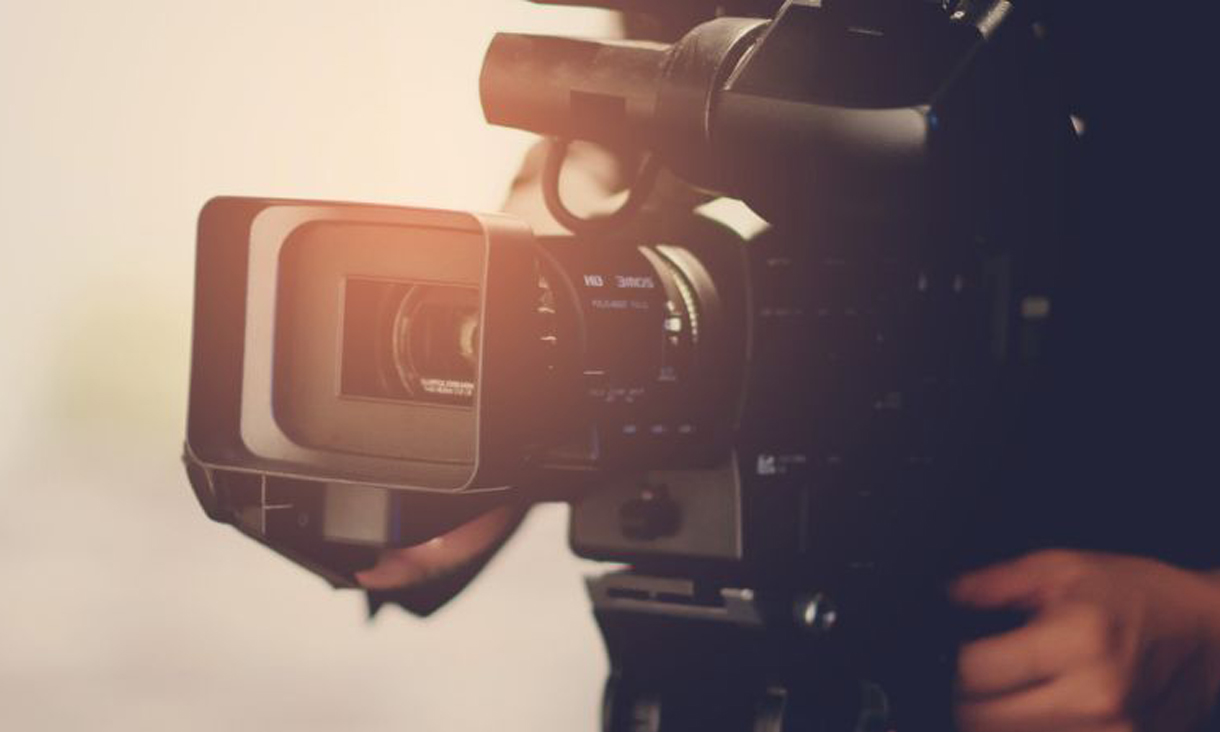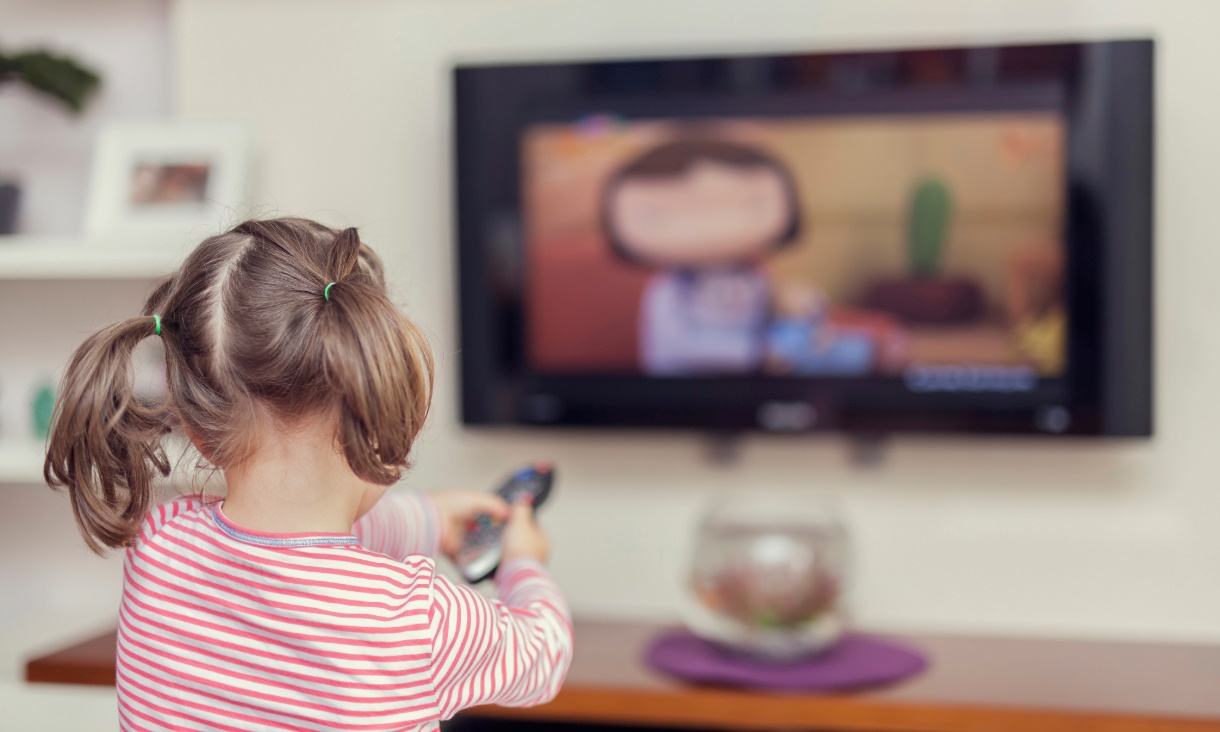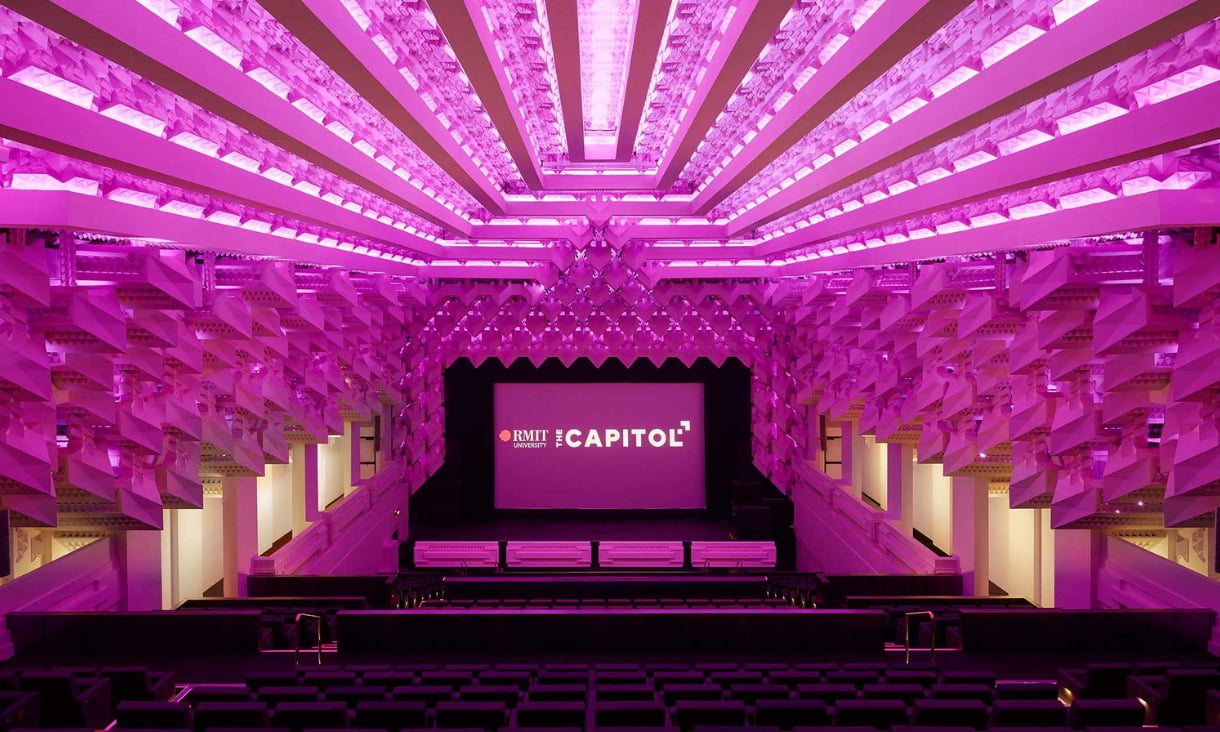I spoke with representatives of galleries in the university sector where the lone marketing staff member had no expertise in social media. Their background in traditional advertising and media communications restricted the institution’s capacity for innovative audience engagement.
This lack of internal expertise, the gallery director told me, had “been a real challenge”.
Prior to 2020, digital activities had been considered by some institutions as “add ons”, focused on marketing outcomes. But under COVID-19, digital activities became central, and pressure disproportionately fell on overstretched, under-trained marketing staff.
Internet access alone is not enough for digital inclusion. Access to devices, high-quality websites, and up-to-date software are critical.
“Our resources were stretched before we even added that digital layer,” the general manager at a public gallery told me.
One large institution told me how they could live stream major events editing between multiple cameras on the fly, with similar capabilities as a television studio. Some of these skills were found in house, but the financial resourcing underpinning this institution meant they were able to contract in a highly skilled editor.
This capacity – both in terms of skills and in terms of financing – was well beyond that of smaller institutions.
Digital benefits
Many people I spoke to acknowledged the benefits of the new digital focus. Digital programs increase the sector’s accessibility, enhancing inclusion of disabled and geographically distant audiences.
As the digital manager of a large institution told me, prior to COVID-19, they had been aiming to create more inclusive experiences, both digitally and physically. The COVID-19 lockdowns enabled this institution to “push the boundaries” of the work they could do in this area.
As an ARI member also told me, the conversations about how programs can enable people to “engage with art in a way that doesn’t ask them to come into a physical space” were really valuable, and would inform their future programming.
“We’re really hoping to continue past COVID, whatever that looks like,” they said. “[We will now] include more digital programming alongside our physical exhibitions”.
But digital activities do not come cheap and their contribution to the sector needs to be valued and resourced appropriately.







